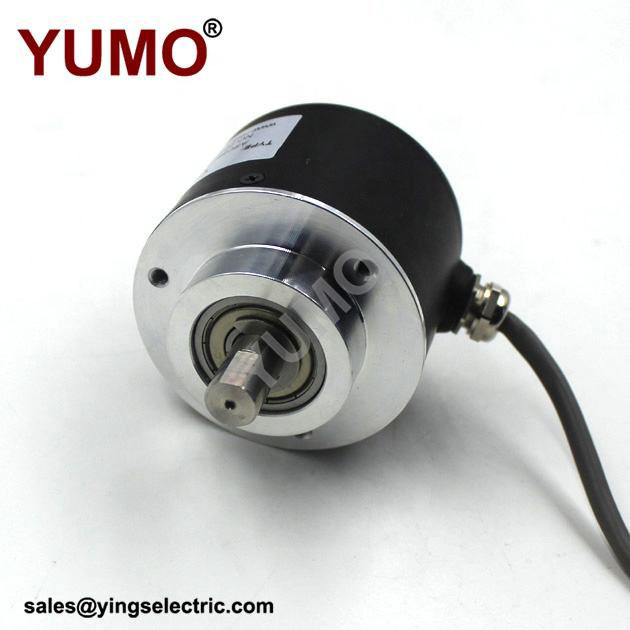An absolute value encoder is a crucial component in many industrial and automation systems, providing precise position and motion feedback. It utilizes a unique encoding method to provide accurate and unambiguous position information, making it an essential tool for applications requiring high precision and reliability. One of the key principles of absolute value encoders is the use of SSI (Synchronous Serial Interface) output, which plays a vital role in transmitting position data to the control system. In this article, we will explore the principle and application of SSI output in absolute value encoders, highlighting its significance in various industrial and automation processes.
The principle of SSI output in absolute value encoders lies in its ability to transmit position data in a synchronous and serial manner. SSI is a widely used communication protocol that enables the encoder to send absolute position information to the control system in a digital format. This digital data is transmitted serially, meaning it is sent one bit at a time, and the transmission is synchronized with a clock signal. This synchronous transmission ensures that the position data is accurately and reliably communicated to the control system, allowing for precise motion control and feedback.
The application of SSI output in absolute value encoders is diverse and encompasses a wide range of industrial and automation processes. One of the primary applications is in motion control systems, where the absolute position information provided by the encoder is used to accurately control the position, velocity, and acceleration of various mechanical components such as motors, actuators, and robotic arms. The SSI output enables the control system to receive real-time position data, allowing for precise and responsive motion control in applications where accuracy and repeatability are critical.
Another important application of SSI output in absolute value encoders is in position monitoring and feedback in industrial machinery and equipment. Absolute encoders with SSI output are used to provide accurate position feedback in CNC machines, printing presses, packaging equipment, and other automated systems where precise positioning is essential for maintaining product quality and process efficiency. The SSI output allows the control system to continuously monitor the position of moving components, enabling real-time adjustments and ensuring that the machinery operates within specified tolerances.

Furthermore, the SSI output in absolute value encoders is also utilized in applications requiring safety-critical position monitoring, such as in elevator systems, material handling equipment, and industrial cranes. The absolute position information provided by the encoder, transmitted via SSI output, is used to ensure the safe and precise movement of heavy loads and personnel in various industrial environments. The high accuracy and reliability of SSI output make it an ideal choice for safety-critical applications where any deviation from the specified position could pose a risk to personnel or equipment.
In conclusion, the principle and application of SSI output in absolute value encoders are integral to the functionality and performance of these essential components in industrial and automation systems. The use of SSI output enables absolute encoders to provide accurate and reliable position information, facilitating precise motion control, position monitoring, and safety-critical applications. As technology continues to advance, the integration of SSI output in absolute value encoders will play a crucial role in enhancing the efficiency, accuracy, and safety of industrial and automation processes.